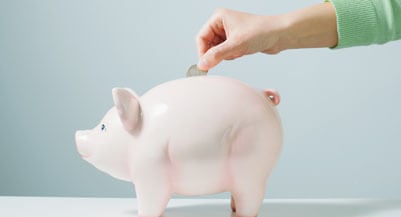How to pay less tax on your RRSP withdrawals
Shaune is looking for tax-efficient ways to draw down on his and his wife’s RRSPs in retirement. What should he do?
Advertisement
Shaune is looking for tax-efficient ways to draw down on his and his wife’s RRSPs in retirement. What should he do?

Share this article Share on Facebook Share on Twitter Share on Linkedin Share on Reddit Share on Email
I will be retiring in two years. I have group RRSP, personal RRSP, TFSA GIC, TFSA cash account and savings. My question: when I start to withdraw RRSP to bolster my monthly income ( OAS, CPP) can the yearly withdraw be placed in my TFSA cash account to lessen taxes paid on the withdraw?
I would then take a monthly amount from the TFSA to bolster my retirement income. Obviously I want to pay the least amount of taxes on the RRSP withdraw. Or can I even do this?
Response from the MoneySense editorial team:
Hello Heather, thanks for the question.
Due to the large volume of comments we receive, we regret that we are unable to respond directly to each one. We invite you to email your question to [email protected], where it will be considered for a future response by one of our expert columnists. For personal advice, we suggest consulting with your financial institution or a qualified advisor.
I’m 64 years old and retired for 2.5 years ago, with max. TFSA, and no RRIFs. At age 65, my public service pension falls by an amount equal to my CPP benefit. So, I’m thinking of delaying CPP benefits for one or two years after age 65, and topping up my pension by withdrawing my RRSPs — at a far lower marginal tax rate – given that my pension will be cut in half. For each year I delay CPP its benefit would increase by 0.7% annually. It’d make a great article to explore this idea!
We invite you to email your question to [email protected], where it will be considered for a future response by one of our expert columnists. For personal advice, we suggest consulting with your financial institution or a qualified advisor.